Visiting Uganda in January
There is a unique calm that blankets Uganda in January: a soft rhythm that meanders around its emerald hills, glittering lakes, and endless savannas. The air is fresh, the skies golden, and the sounds of nature louder now that the festive season is over. This is not just another month on the calendar; this is a pass into Uganda’s purest form, where the warmth of the people, the abundance of the wildlife, and the tranquility of the landscapes merge together into one unforgettable experience.
Visiting Uganda in January is as good as seeing the Pearl of Africa in its most generous mood. It’s a month when the skies are often kind, the wildlife is at their most visible in all their glory, and the country strides in a steady, even welcoming, pace. For a traveler who yearns both for serenity and adventure, January offers a rare combination-clear skies for safaris, pleasant temperatures for gorilla trekking, and peace in the atmosphere across national parks and cultural towns.
This in-depth guide covers everything that makes January the perfect month to visit Uganda, from its climate and landscapes to the experiences that define this magical time of year. It also reveals why traveling with the right local experts-like WildHorn Africa-transforms a good safari into a truly great one, ensuring that every moment flows seamlessly from arrival to departure.
Visiting Uganda in January: A Month of Clarity and Warmth
January falls comfortably within Uganda’s dry season, which always ranges from the middle of December to February. The rains have retreated, leaving the greenery to glow under the equatorial sun. The air is crisp in the mornings and pleasantly warm through the day, with temperatures averaging from 25°C to 30°C in most areas. It gets cooler at night, which is ideal for campfires, dinner under the stars, and quiet nights in the wild.
Unlike the longer dry spell of June to September, January brings a gentle freshness with it. The landscapes are still green from the recent short rains, while the roads are dry enough to make traveling around the country pretty easy. The weather balances well: sunny but not hot, dry and yet alive with colors. This is therefore the best time for safaris, trekking, and cultural explorations.
Places like Bwindi Impenetrable National Park and Mgahinga Gorilla National Park have near-perfect conditions for trekking. Trails are less slippery, the forest canopy shimmers in filtered sunlight, and the chance of spotting gorillas at close quarters is very high. Meanwhile, across Queen Elizabeth National Park, Murchison Falls, and Lake Mburo, reduced rainfall sees wildlife congregate around water sources, offering top-notch game viewing.
For photography travelers, January’s light is a gift. Golden sunrises over the plains at dawn give way to soft pastel evenings that cast the savannas and wetlands in cinematic tones.
The Season of Wildlife Abundance
One of the greatest advantages of a January visit to Uganda is the concentration of wildlife in its national parks. The dry conditions drive animals to predictable watering points, where sightings are more consistent and rewarding.
In Queen Elizabeth National Park, elephants, buffaloes, and antelopes congregate along the Kazinga Channel, with hippos lazily basking in the sun on the riverbanks. The lions spend a good deal of the afternoon sprawled over the branches of acacia trees, while leopards emerge from their shaded refuges, awaiting the arrival of dusk. Bird life is equally stunning-skies filled with storks, egrets, pelicans, and migratory species from Europe and Asia that thrive in Uganda’s wetlands during this season.
Murchison Falls National Park, Uganda’s largest and most dramatic reserve, also shines in January. The thunderous falls are powerful after the rains, though the surrounding terrain is dry enough to ensure clear game drives. The northern savannas are teeming with giraffes, hartebeests, elephants, and lions, while the Nile itself becomes a theater of crocodiles, hippos, and colorful kingfishers. The combination of accessibility, wildlife density, and breathtaking landscapes makes this park an essential stop for January travelers.
Further south, the Rwenzori Mountains stand tall, their peaks glistening with ice under the clear skies. Though trekking these mountains is more demanding, January’s dry climate offers better visibility and safer conditions for hikers who crave challenge and beauty in equal measure.
Gorilla Trekking is best done in January.
No experience defines Uganda more than gorilla trekking, and January presents one of the finest windows in which to undertake this life-changing adventure. The mountain gorillas of Bwindi Impenetrable and Mgahinga live deep in misty forests where weather conditions can dramatically affect accessibility. During January, the ground remains firm, and the trekking routes are more accessible, making it easy to move smoothly through the dense foliage. 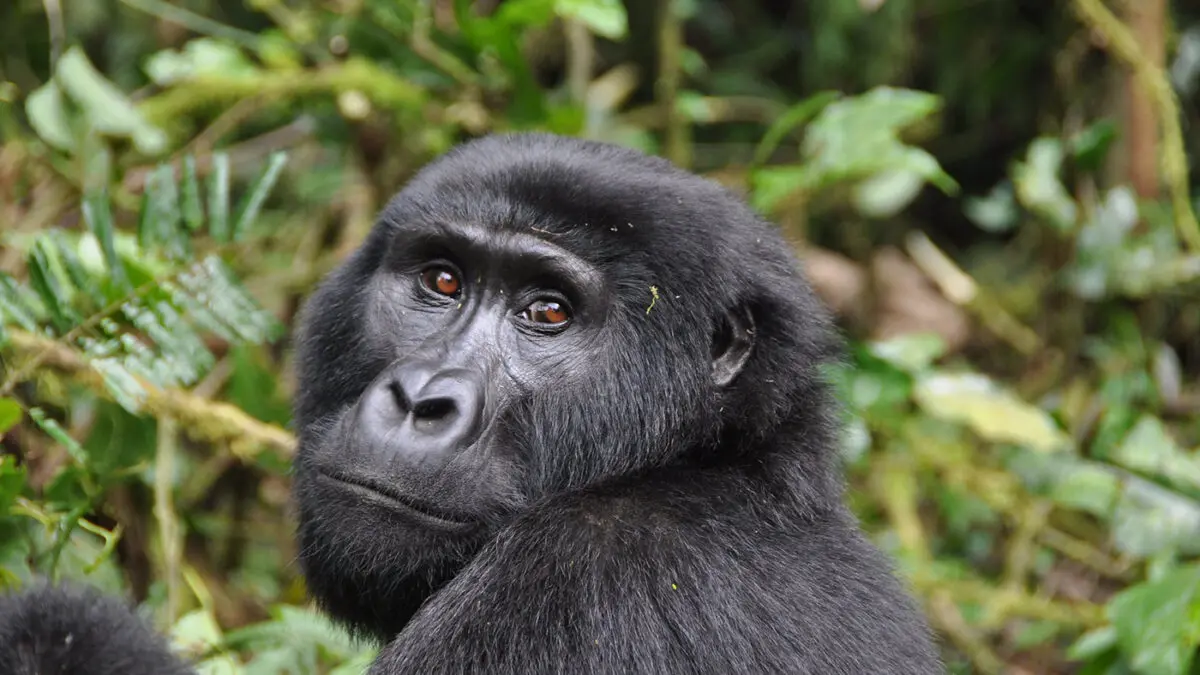
The atmosphere of the forest is enchanting in January, with morning mists hanging low between ancient trees, sunlight filtering through the canopy, and every rustle seeming to carry mystery. Finally, the trackers lead you to a gorilla family, and the experience becomes transformative. It feels intimate and, at once, humbling to see a silverback sit around in quiet dominance or a mother cradling her infant. The gorillas seem placid, unruffled, their black coats lustrous under the soft sun.
Besides comfort and visibility, January will also bring smaller trekking groups. The holiday rush has passed, and there are fewer crowds; space for personal reflection is more possible on the trek. It’s a time when travelers can truly immerse themselves in the forest’s silence and the gorillas’ grace.
Birdwatching Bliss
For avid birdwatchers, January is paradise found in Uganda. The “birding capital of Africa” boasts over 1,000 species, with this month ranking as one of the finest for both residents and the migratory ones. Wetlands, forests, and lakes attract flocks as far away as Northern Europe and the Arctic, turning Uganda into a living aviary.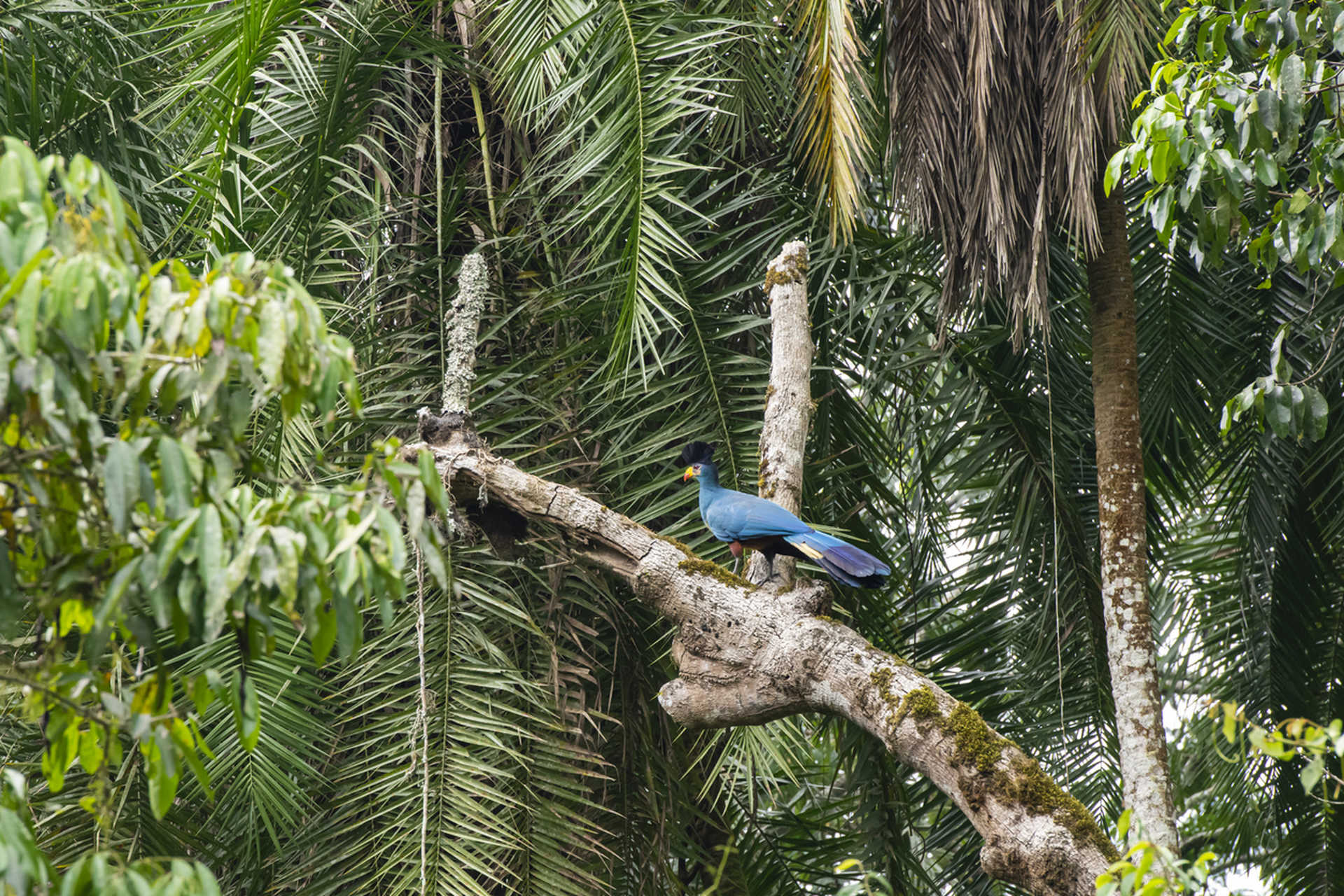
During this time, the Mabamba Swamp gets particularly alive, offering an excellent chance of viewing one of the most sought-after birds on the continent-the elusive shoebill stork. Queen Elizabeth National Park’s Ishasha and Mweya sectors are alive with saddle-billed storks, bee-eaters, and herons, as one views cormorants and kingfishers gliding over mirror-like waters in Lake Bunyonyi.
The warm, dry air facilitates clear viewing conditions, while the low vegetation around many water bodies makes spotting easier. For photographers, this is a dream season: vibrant plumage meeting perfect light.
Cultural Encounters in the Heart of Uganda
As much as wildlife is the most famous attraction in Uganda, its cultural depth is equally captivating-and January gives just the right setting to realize it. With the festive season now winding up, communities settle back into daily life, allowing travelers to engage with authentic Ugandan culture beyond the spectacle of celebration.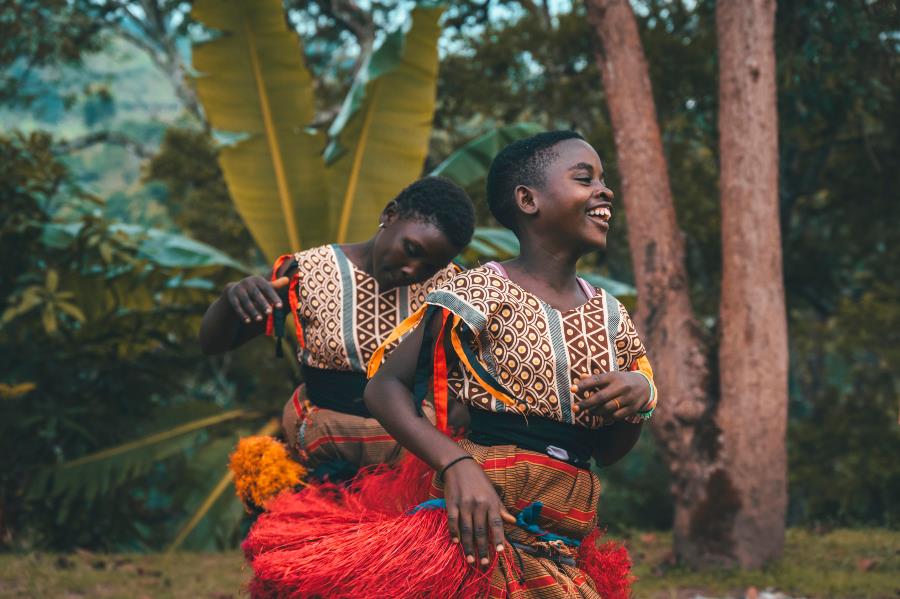
In the west, the Bakiga and Batwa people of Bwindi invite visitors to their villages to share in their ancient culture. Commonly referred to as the “keepers of the forest,” the Batwa share stories about coexisting with nature through song, dance, and storytelling. Such interactions reveal a profound harmony between humans and environment-a defining characteristic that cuts across much of Ugandan identity.
Central Uganda, especially around Kampala and Jinja, hums with modern vibrancy combined with traditional charm. The capital is easygoing in January, with less traffic on the road after the holidays, and restaurants, craft markets, and art galleries buzzing with creative energy. Meanwhile, Jinja — the source of the Nile — becomes a haven for adventure seekers looking to raft, kayak, or simply unwind along the riverbanks in pleasant weather.
Every encounter during this period with Ugandans is warm. Their laughter and hospitality to travelers make them proud of their heritage, showing why the country is one of the friendliest on the African continent.
The Beauty of the Landscape
January reveals Uganda in its most photogenic form. The green hills of Kisoro shimmer beneath the sun, Lake Victoria sparkles calm, and the terraced farms of Kabale create a living patchwork of emerald and gold. Every journey-from red-dirt roads that wind through banana plantations to silhouettes of volcanoes along the Rwandan border-feels cinematic.
January’s clear skies offer uninterrupted views of Uganda’s most iconic landmarks: the Rwenzori Mountains, Mount Elgon, and the Virunga ranges, while sunsets bathe the plains in molten orange. For travelers who value scenic beauty as much as wildlife, this is the month that turns ordinary drives into breathtaking journeys.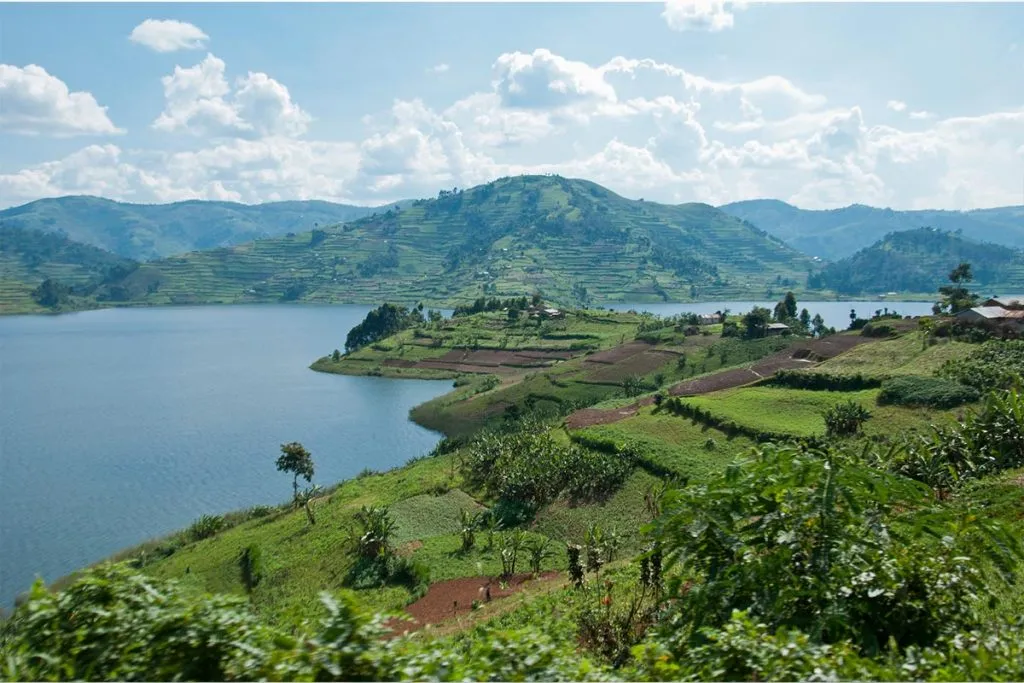
Festivities and Local Life
Although January is the end of the festive period, the echoes of celebrations are still heard. The towns and villages stay abuzz, full of laughter, music, and hums of new beginnings. To Ugandans, January means renewal-a time to focus on family, faith, and new ambitions.
Travelers who come during this month often find themselves witnessing local events such as cultural performances, markets, and community gatherings. In the Buganda region, traditional drum dances and storytelling evenings give an insight into the country’s rich oral history. Even the smallest villages carry a pulse of joy, with kids playing outside and adults chatting under mango trees while the sun sets.
For those seeking to connect outside the tourist sphere, January offers chances for real cultural immersion — less hurried, more heartfelt.
The Advantage of Fewer Crowds
Another benefit of going to Uganda in January is the relative tranquility across most destinations. The peak festive rush of December has eased and the weather is still conducive. National parks, lodges, and even trekking trails feel more intimate. Game drives are conducted at an easy tempo, while gorilla treks are less crowded. Travelers have the privilege of enjoying unhurried experiences.
The reduced footfall also means more flexibility in accommodation and itinerary options. Many luxury lodges offer early-year specials, while boutique camps concentrate on personalized attention and comfort. Fewer vehicles translate to unobstructed views and uninterrupted moments with wildlife for photographers, which is a treasure for those chasing authenticity.
Practical Considerations
Although January falls within the dry season, travelers should still be prepared for any occurrence of Uganda’s unpredictable equatorial climate. Sudden showers may occur, mainly in areas with woods, but often don’t last and are refreshing. Light, breathable clothing, solid walking shoes, and sun protection are essential. Long-sleeved attire and gloves will allow you to navigate the thick vegetation comfortably while gorilla trekking.
Bookings by seasoned tour operators, like WildHorn Africa, ensure that everything, from transportation and park permits to accommodations, is set in a seamless manner. Their professionalism eliminates any guesswork, allowing the travelers to completely focus on their experience.
From the health point of view, travelers need to update their vaccinations and take any prescribed malaria prophylaxis. At higher altitudes, January’s weather makes mosquito activity relatively low, although precautions are always wise.
Why January Feels Different
There’s something indescribably charming about Uganda in January, beyond the realm of weather and landscapes. It is a month defined by renewal — of nature, of spirit, and of connection. The landscapes seem to breathe easier, the wildlife moves with purpose, and the people go about each day with optimism.
Every experience seems amplified: the roar of Murchison Falls seems louder, the mist of Bwindi thicker, and the song of the African fish eagle more poignant. Perhaps it is the clarity of the skies or the slower pace of the season, but Uganda during January carries a sense of balance that leaves a lasting impression.
This is the month when Uganda reveals its soul to those seeking not just adventure but meaning: a place of contrasts, a place of harmony, a place of quiet strength, and a place of gentle joy.
The Role of WildHorn Africa in Crafting the Perfect January Safari
A safari or tour in Uganda becomes truly effortless when guided by professionals who understand the land intimately. WildHorn Africa is one of the most trusted names in East African travel, crafting journeys that combine exploration with elegance and authenticity. Their local team ensures that every itinerary fits to the rhythm of January perfectly, balancing adventure with comfort, wildlife encounters with cultural experiences, and logistics with leisure. Whether tracking gorillas across misty forests, gliding along the Nile, or watching elephants at sunset, WildHorn Africa makes every detail seamless.
Their commitment to sustainability and community partnership ensures that your travel supports conservation and local livelihoods. This means traveling with WildHorn Africa will not only let you see Uganda but experience it with respect, understanding, and purpose. Conclusion: Uganda’s January Magic Visiting Uganda in January is like seeing it at its most graceful.
The days are golden, the nights cool, and the land alive with beauty. From gorilla forests to open plains, from tranquil lakes to cultural heartlands, Uganda during this month feels like a story slowly unfolding and lingers in your mind long after you’ve left. It is a time when the balance between nature and culture seems most palpable, a month when each sunrise ushers in the promise of adventure and each sunset whispers peace.
For travelers in search of authenticity, repose, and bonding, January offers Uganda at its best: vibrant, yet unhurried; wild, yet welcoming. Book your African safari or tour with WildHorn Africa as they guide you deep into the heart of Uganda this January, with deep local knowledge and a commitment to excellence in every moment. This is a journey into the Pearl of Africa, beginning in wonder, ending in memory.

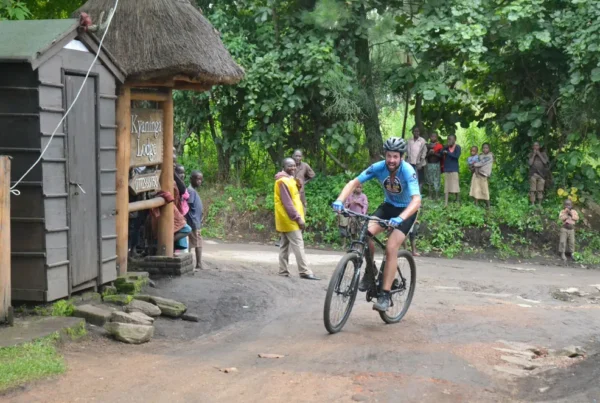

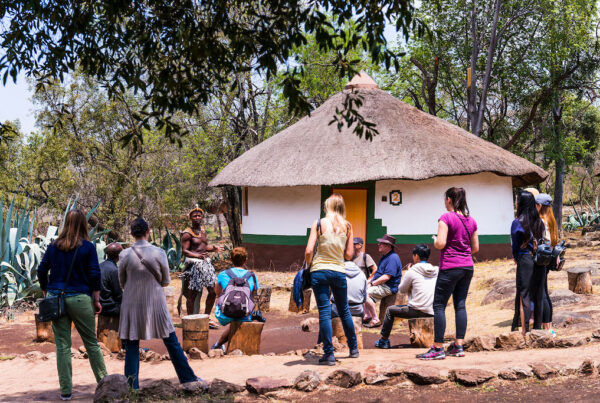
 WildHorn Africa – Authentic and unforgettable tours across Africa, guided by local experts who know the land, wildlife, and culture best.
WildHorn Africa – Authentic and unforgettable tours across Africa, guided by local experts who know the land, wildlife, and culture best.


